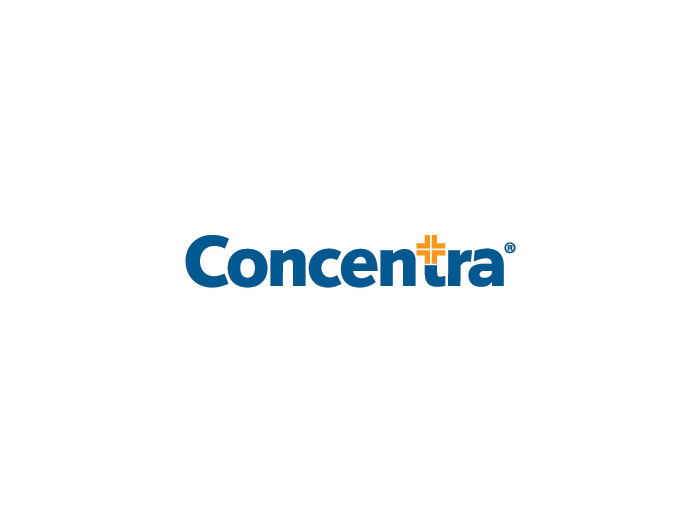Cost of Bullying
Toolkit Offers Anti-Bullying Tactics

Mistreated workers are costing employers a bundle. A recent federal report suggested bullied workers are associated with a 42 percent increase in the number of missed workdays, translating to $4.1 billion, or 5.5 percent of sickness absenteeism costs in 2010, much of it in workers’ comp.
Employers can reduce costs and protect their workers from bullying. A new toolkit includes a how-to guide and various templates to address the problem.
The Issue
“A 2014 Workplace Bullying Institute survey shows that 27 percent of Americans have suffered serious bullying and abusive conduct at work (defined as repeated abusive conduct that is threatening, intimidating, humiliating, work sabotage or work abuse),” wrote Beth P. Zoller, a legal editor for XpertHR.
Partnering with LexisNexis, the company, which bills itself as an online service that helps HR professionals comply with federal, state, and municipal laws, developed a guide to help employers understand, prevent, and respond to workplace bullying. It says the vast majority of employers are failing to address the problem even though they should.
“From recent allegations by rookie Miami Dolphins football player Jonathan Martin of bullying and hazing by his teammate Richie Incognito to allegations that workplace bullying at the University of Virginia from his boss led The Virginia Quarterly Review’s managing editor to commit suicide, no workplace is immune,” the guide explains. “In fact, recent research conducted by the WBI in 2013 shows that bullying permeates all industries, with a high number of cases reported in the education, health care and public service/ government sectors. Therefore, all employers need to understand what bullying entails and how it can surface in the workplace.”
Bullying can take a variety of forms and may involve physical threats, hostile words, or actions designed to interfere with an employee’s work. And it comes at a cost.
Workplace bullying presents a variety of risks and often results in significant liability, according to the guide.
Solutions
A policy that puts employees on notice that abusive and offensive behavior will not be tolerated is “a critical part” of an anti-bullying program, according to the toolkit. The following elements should be included:
- Definitions and examples of acceptable and unacceptable behavior.
- A multichannel procedure for reporting complaints in confidence and assurance they will be investigated.
- An outline of strict consequences for violators.
- Assurances that complainers will suffer no retaliation.
Comprehensive training should be provided to employees and supervisors on the dangers of bullying. It should include interactive and hypothetical situations and instruction on identifying bullying conduct
Employers should develop a process to thoroughly investigate complaints..
“It is essential for an employer to document the investigation process as this may serve to protect the employer in the event of a lawsuit by demonstrating that the employer took affirmative steps to respond to the allegations and remedy any abuse,” the guide advises.
Once a complaint has been investigated, it’s important the proper enforcement is leveled. “Employers must demonstrate that they will go beyond just having a policy in place, but that they will enforce the anti-bullying policy and offenders will be disciplined and terminated if necessary,” the report says. “Employers should convey that all employees will be treated equally under the policy and high level managers or supervisors will not receive special treatment from the employer.”
Employee assistance programs and/or mental health resources may be offered to victims. Also, the guide suggests employers be prepared to change elements of the work environment to reduce instances of bullying such as ensuring the bully and victim are separated.
Sample Policy
A well-written policy can set the stage that bullying actions will not be tolerated. A toolkit produced by XpertHR in partnership with LexisNexis includes an example of how the policy might begin:
“[Employer Name] strictly prohibits workplace bullying and abusive conduct. [Employer Name] defines bullying as repeated activity that is meant to diminish or disempower another individual and any use of aggressive, hostile, abusive, harassing or unreasonable conduct against another individual. It occurs when a person uses strength or influence to intimidate another, typically to force a desired act or result.
“Bullying can involve physical threats, verbal conduct such as hostile or taunting words, or any action intended to interfere with an individual’s work. Bullying at work takes the form of actions that are threatening, aggressive or intimidating, abusive, insulting or offensive; cruel or vindictive; or humiliating, degrading or demeaning.”
To demonstrate the enforcement aspect of the policy, the wording could be the following:
As a part of [Employer Name]’s commitment to a safe, healthy, and productive working environment, [Employer Name] will discipline anyone who, at work, engages in either bullying or harassment when that behavior has the effect of unreasonably interfering with an individual’s work performance or when it creates an intimidating, hostile, or offensive work environment.
This behavior includes, without limitation:
- Using [Employer Name]-owned equipment to create, forward, or transmit materials (such as emails) that are disruptive, abusive, obscene, or degrading, including racial slurs, ethnic jokes, lewd or sexual jokes, negative or derogatory stereotypes, names, or labels that a reasonable person would find offensive;
- Making sexual advances, asking for sexual favors, or engaging in other unwelcome physical or verbal conduct of a sexual nature; and
- Intentionally intimidating, degrading, or humiliating another.










